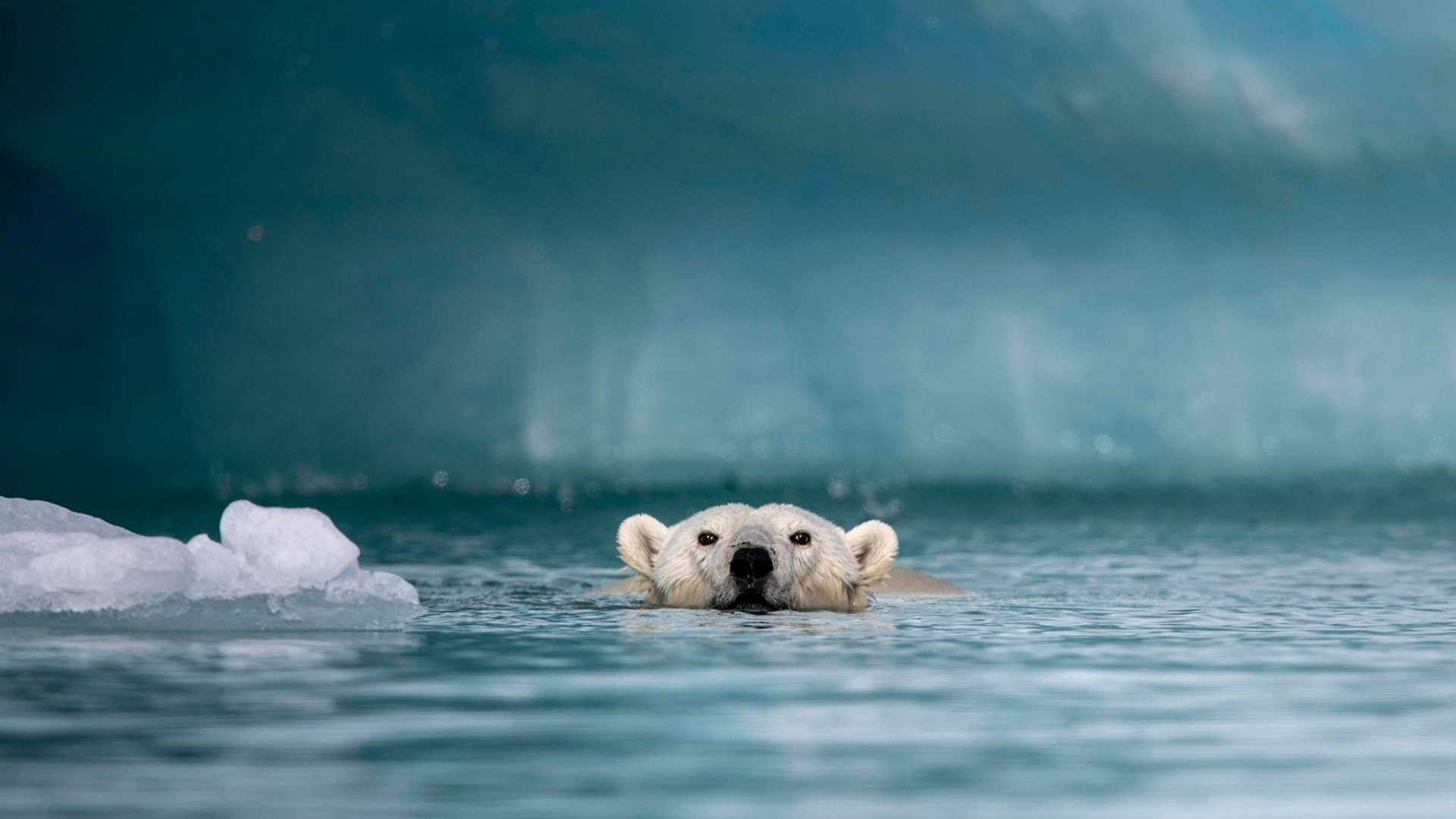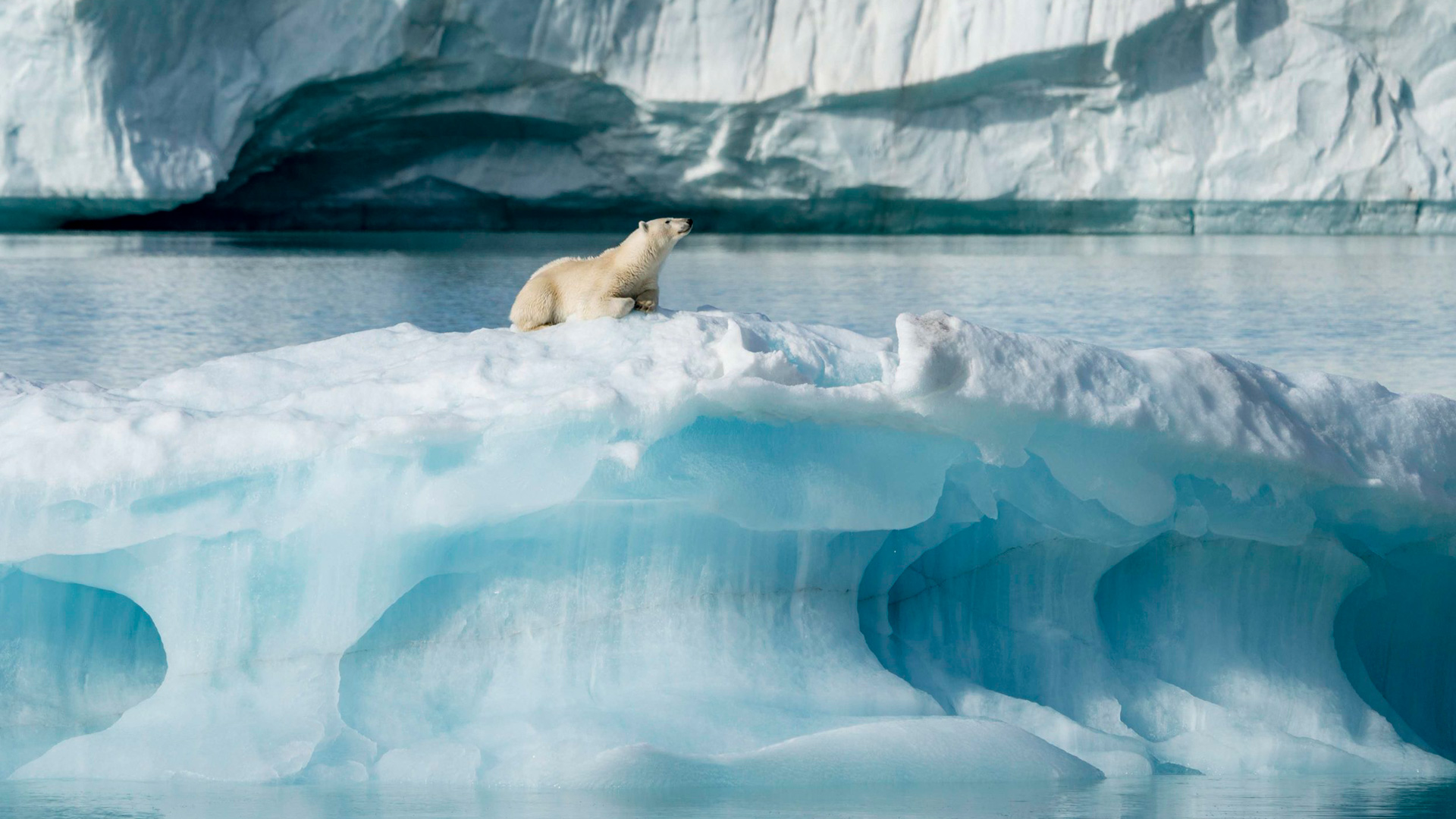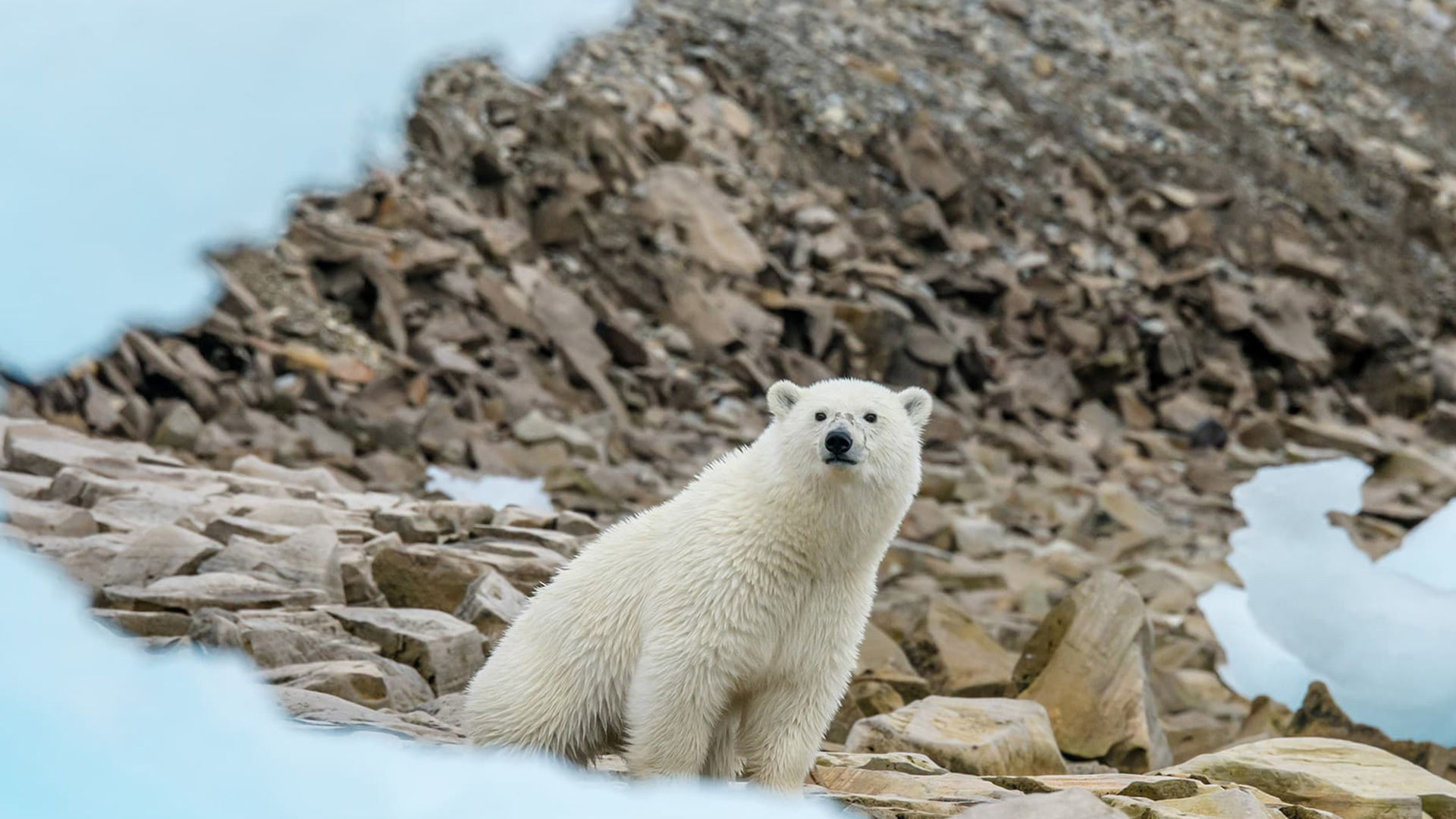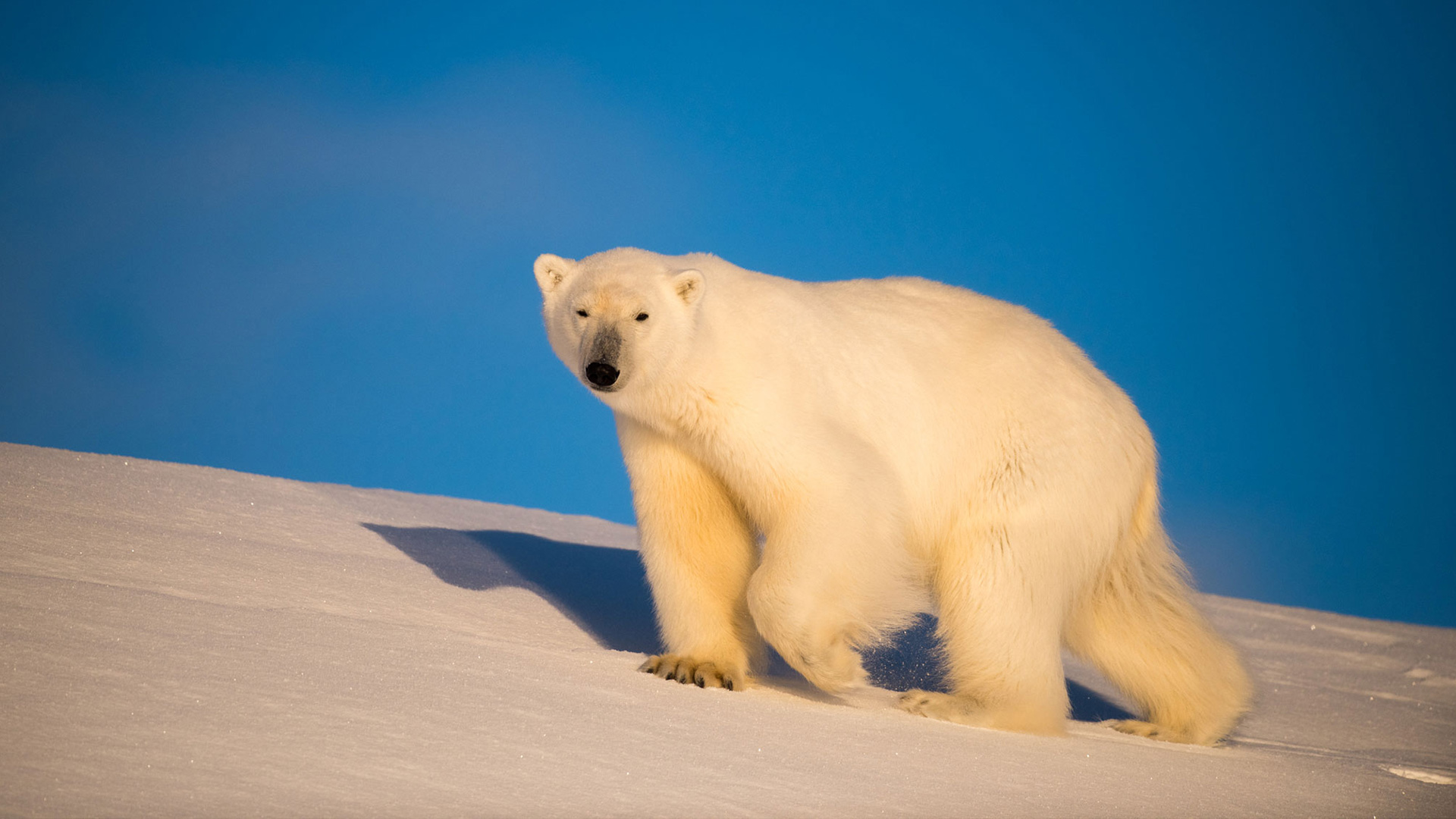In the far reaches of the Arctic, nestled within the icy North Atlantic Ocean, lies a remote archipelago known as Svalbard.
This frigid wilderness, governed by the Norwegian authorities, is home to some of the most elusive and awe-inspiring creatures on Earth — polar bears. Here, on this pristine and fragile land, these Arctic giants roam freely, demonstrating an extraordinary resilience and making Svalbard a place of exceptional importance and wonder.

Svalbard, with its rugged mountains, colossal glaciers, and vast stretches of frozen tundra, offers an otherworldly experience. By far the largest wilderness area of Europe, the Arctic archipelago has a land area of 24,721 square miles—about the size of the Republic of Ireland — with 60% of the land covered in ice. It is located halfway between mainland Norway and the North Pole and is home to just over 2,600 inhabitants, living in 4 small settlements.
That number, though, does not include the region’s polar bears. Often referred to as the “polar bear capital of the world,” Svalbard boasts the highest density of polar bears on the planet. An estimated 3,000 polar bears reside in the archipelago, outnumbering the human residents. The local communities have developed a deep respect for the bears’ territorial nature, and guidelines are in place to ensure coexistence while minimizing human-wildlife conflicts.
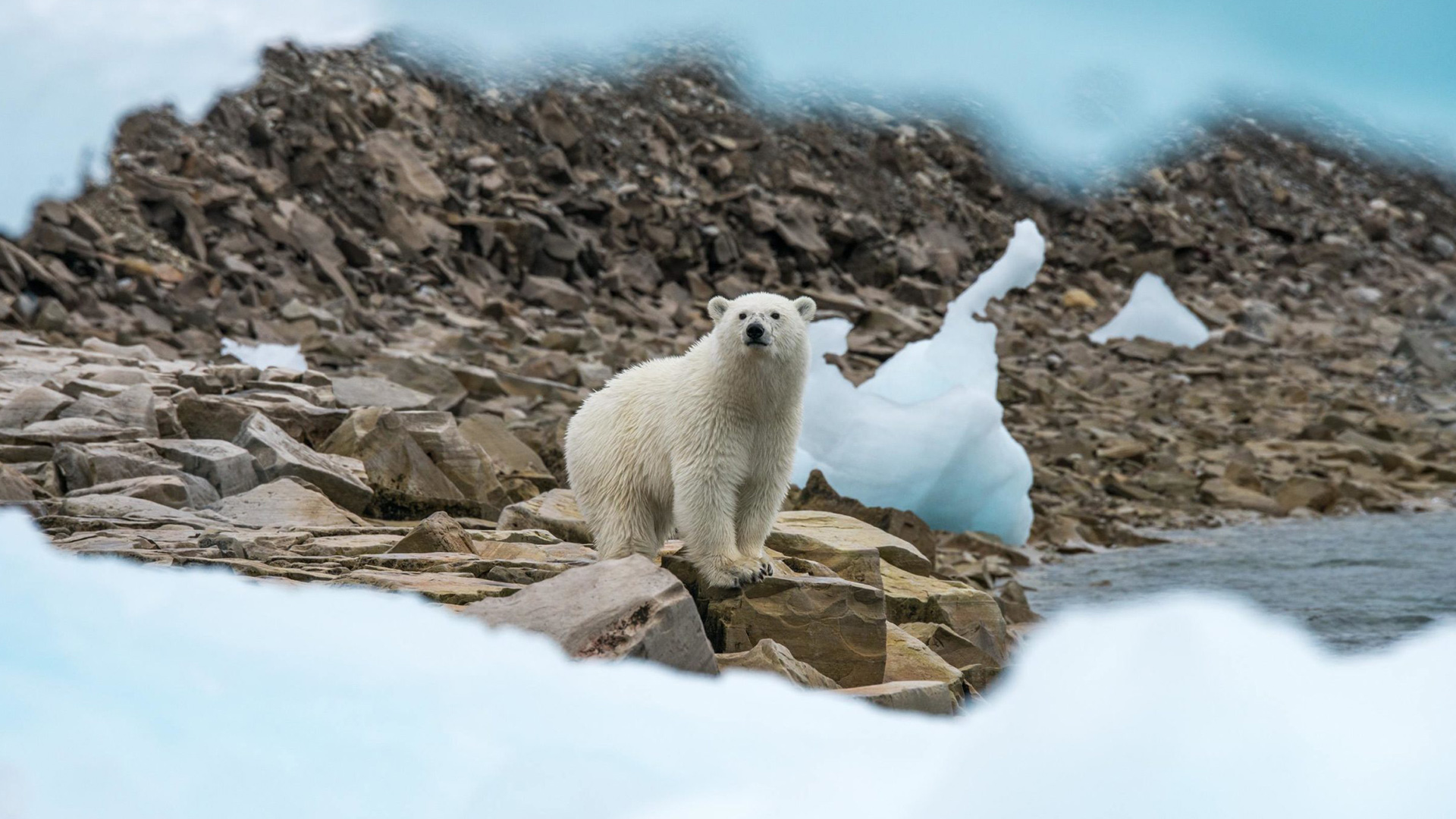
Polar bears, the unrivaled monarchs of the Arctic, have perfectly adapted to the extreme conditions of Svalbard. Their thick, insulating fur and a generous layer of blubber beneath help them brave the frigid temperatures. With their immense strength and agility, these white giants effortlessly traverse the icy terrain, utilizing their powerful paws and sharp claws to secure their place at the top of the food chain.
One of the most captivating aspects of Svalbard’s polar bears is their annual migration. As the sea ice forms in winter, polar bears venture out onto the frozen expanses in search of their favorite prey—seals. These highly skilled hunters rely on their incredible sense of smell and patience to stalk their prey from ice floes. Once the summer arrives and the ice retreats, they retreat to land, where they spend their time conserving energy and waiting for the sea to freeze again.
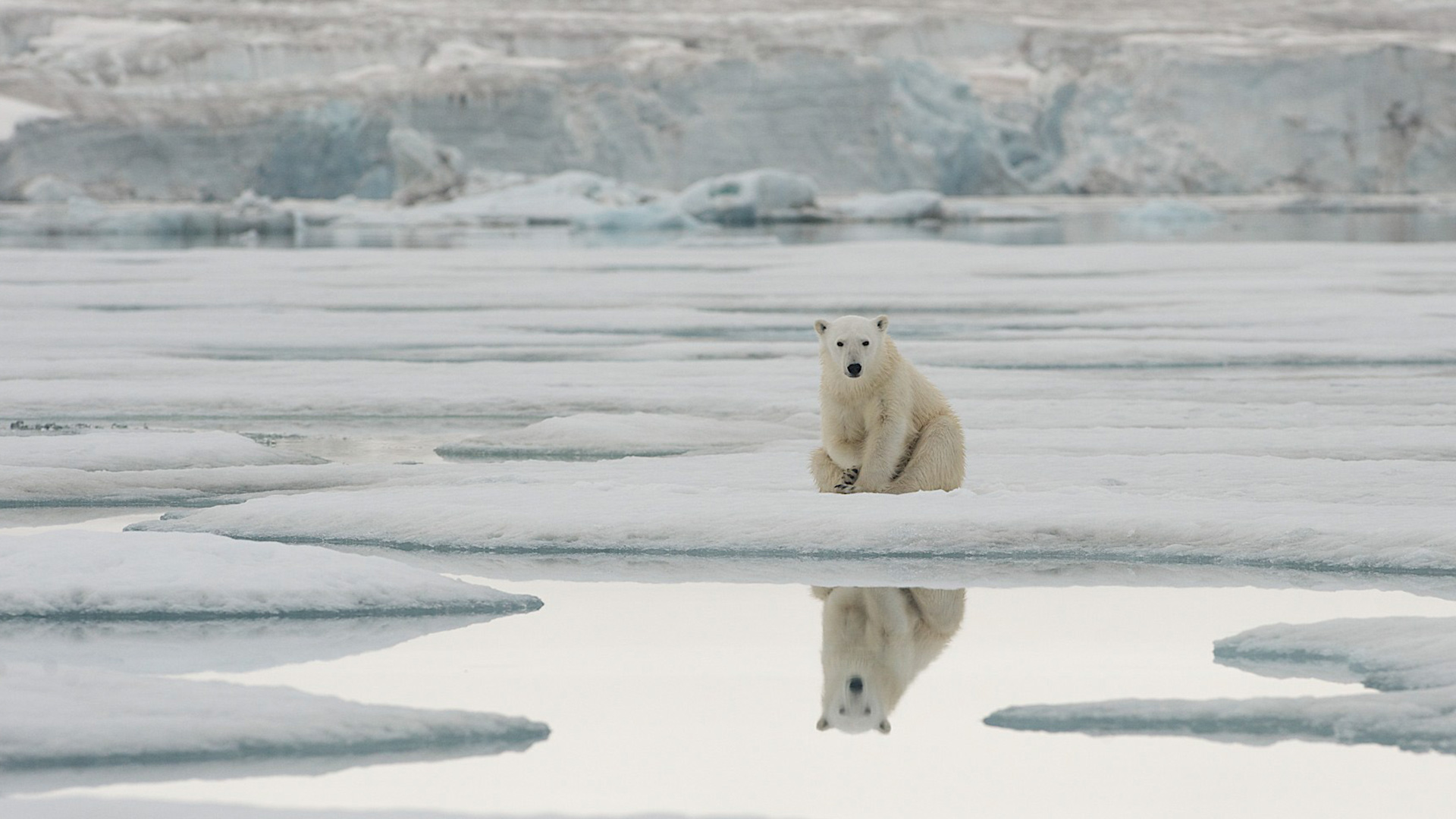
While Svalbard offers a captivating opportunity to witness the Arctic’s grandeur and the splendor of its resident polar bears, it is essential to approach such a visit responsibly. Traveling in the Arctic requires careful planning, adherence to regulations, and respect for the natural environment and its inhabitants. EYOS provides expeditions within the guidelines of the Association of Arctic Expedition Cruise Operators (AECO) that allow visitors to explore this untamed land while minimizing their ecological footprint.
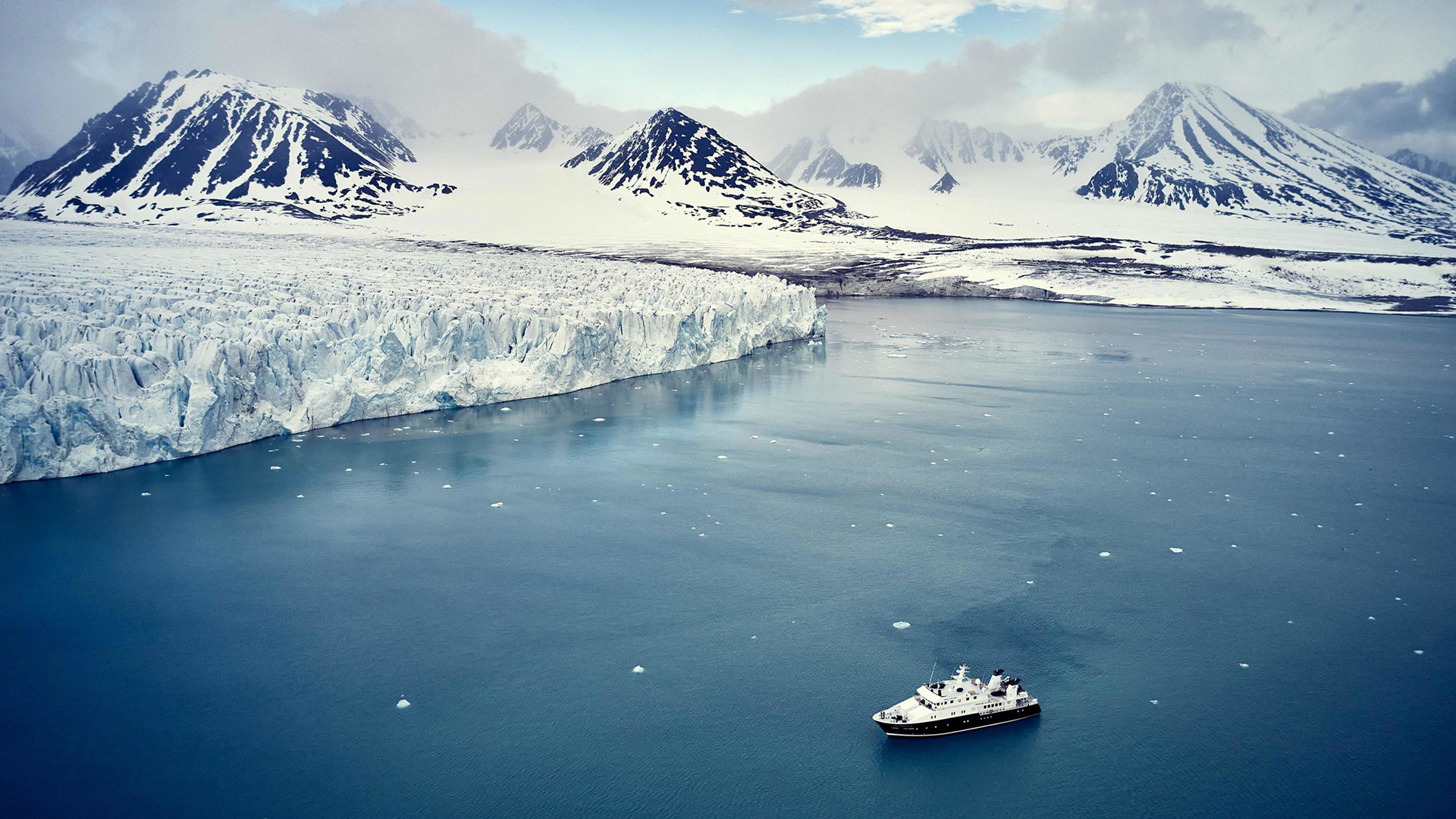
Beyond the bears, Svalbard offers myriad other ways to experience the Arctic. There are opportunities to kayak among glaciers, hike into the tundra, and take a plunge into the polar waters. The wildlife, too, is wildly diverse with chances to spot reindeer, puffins, walrus, beluga whales, and arctic fox just to name a few.
